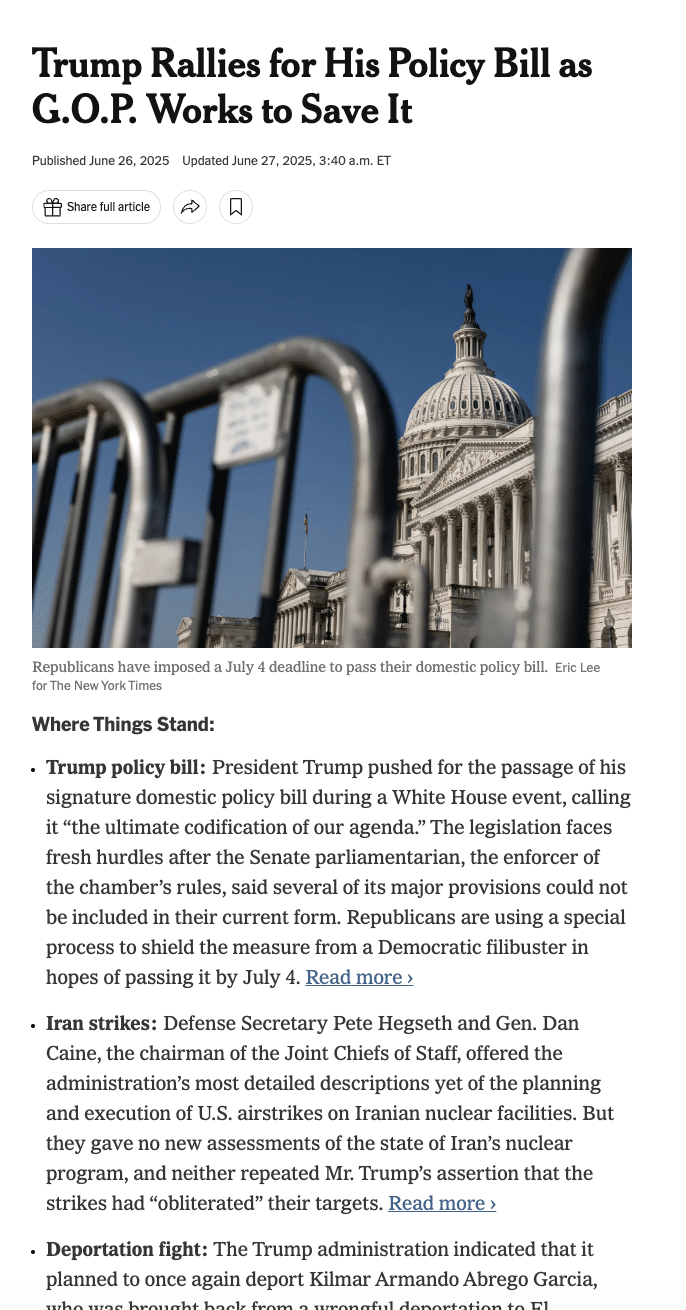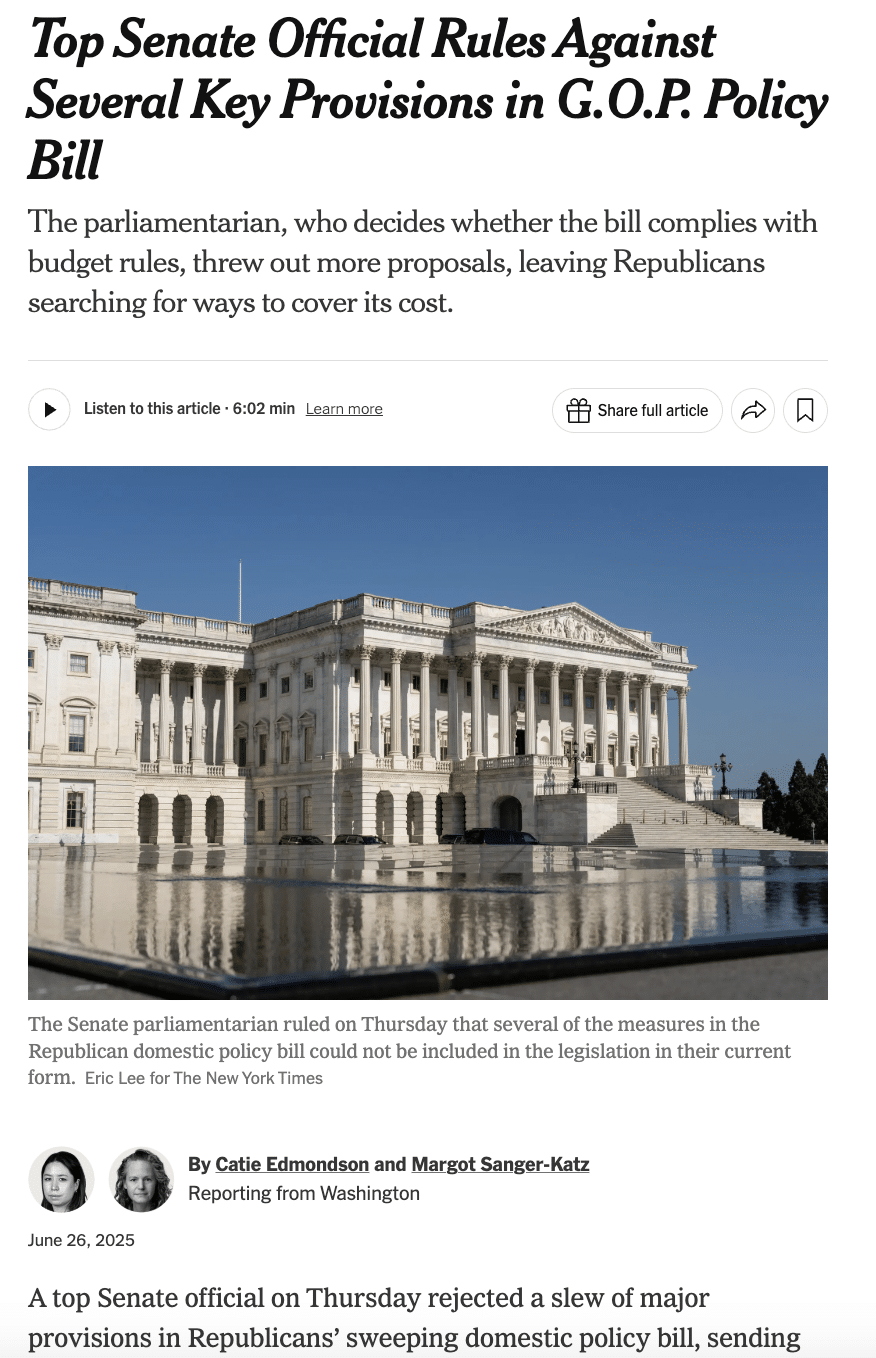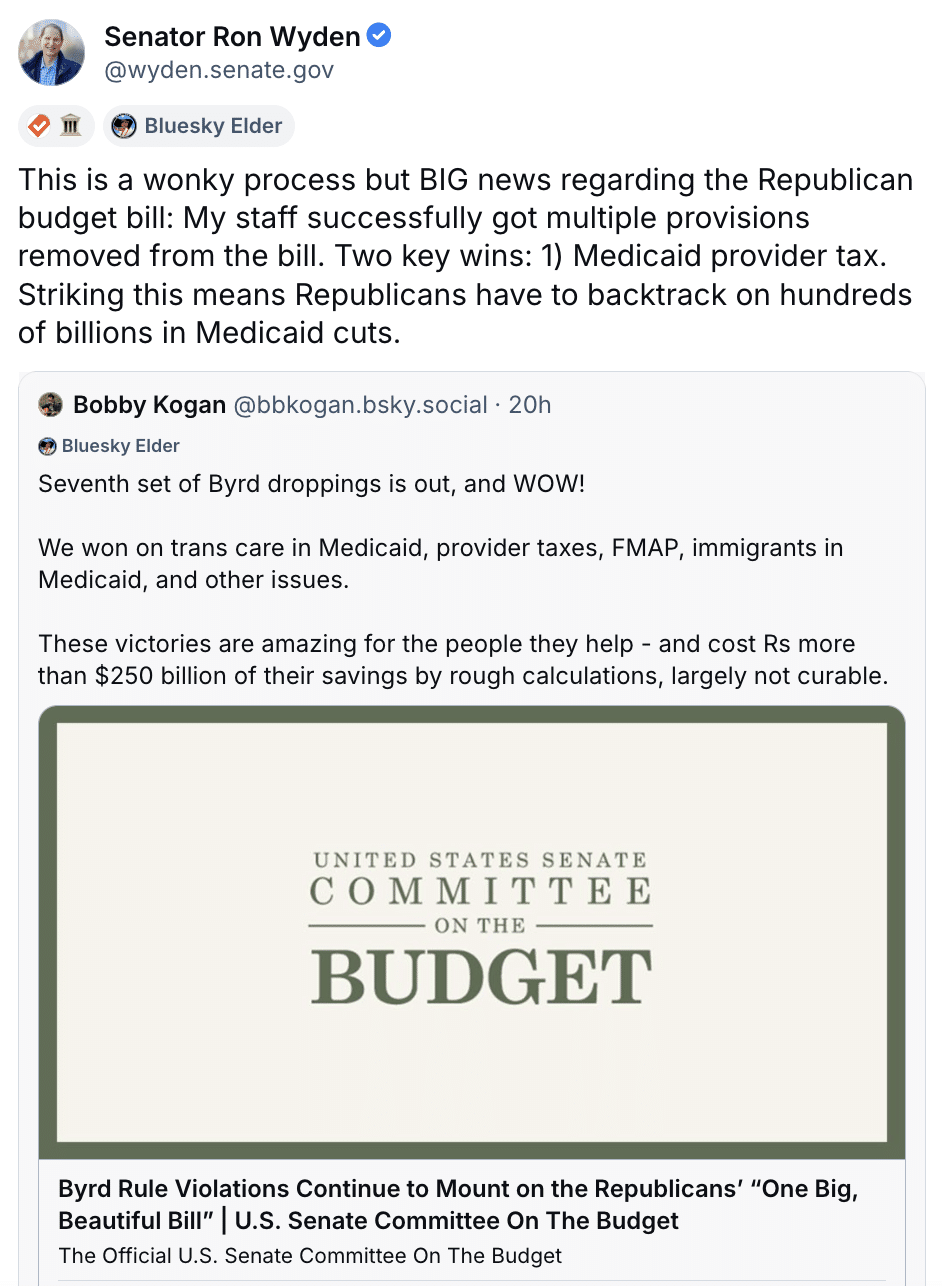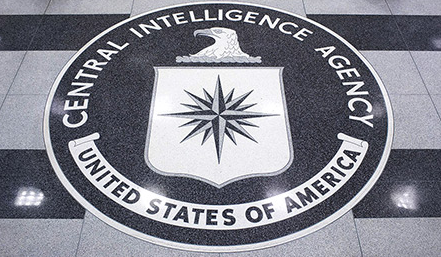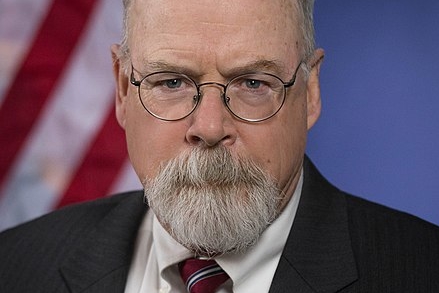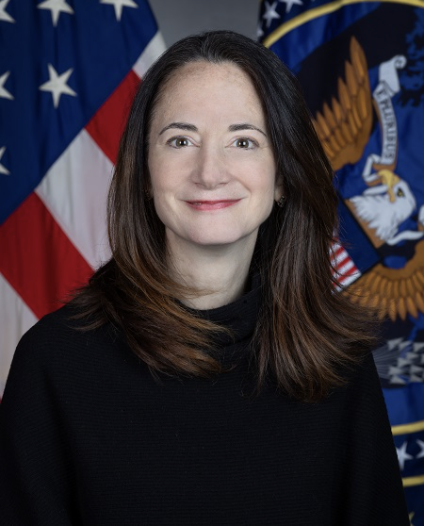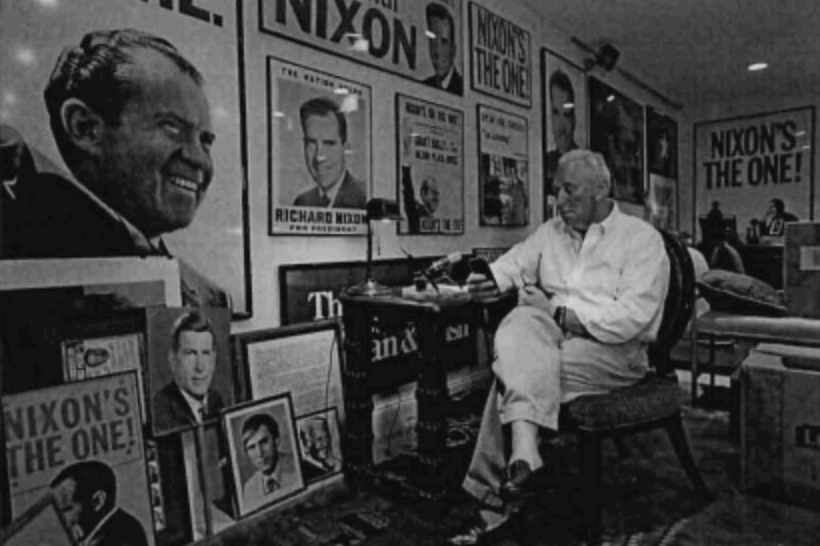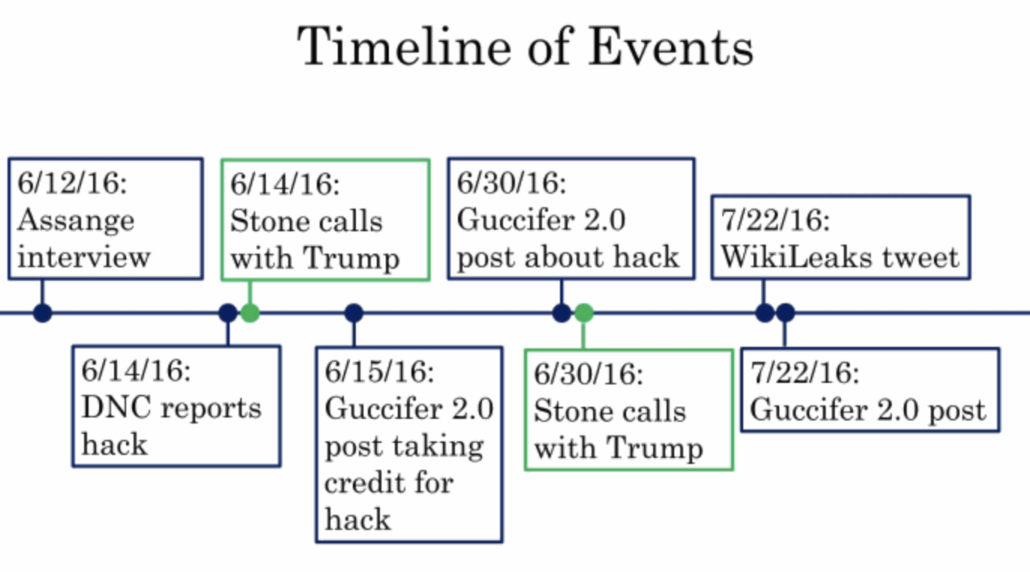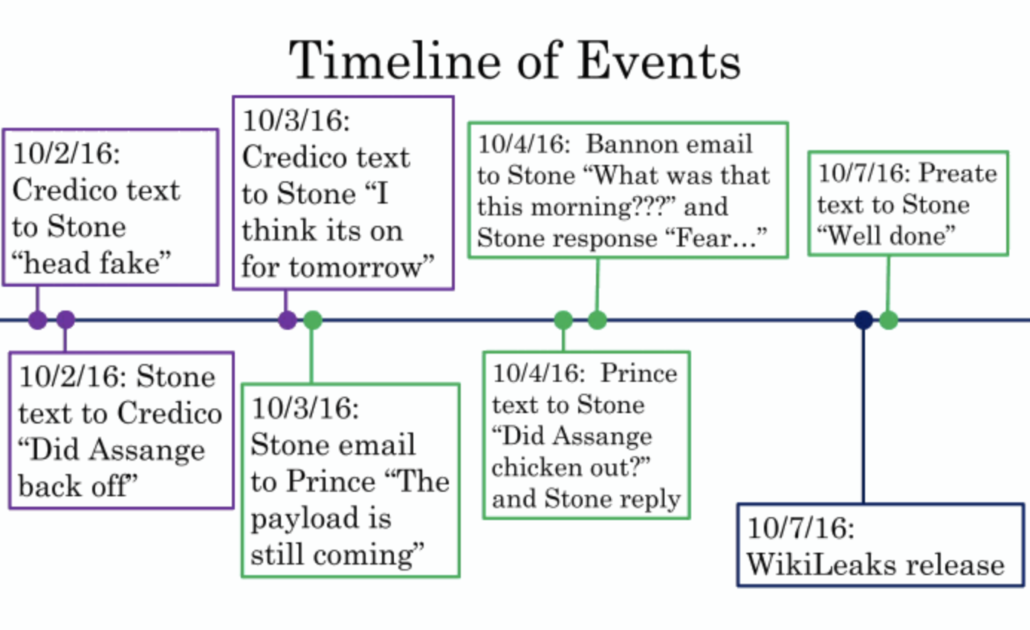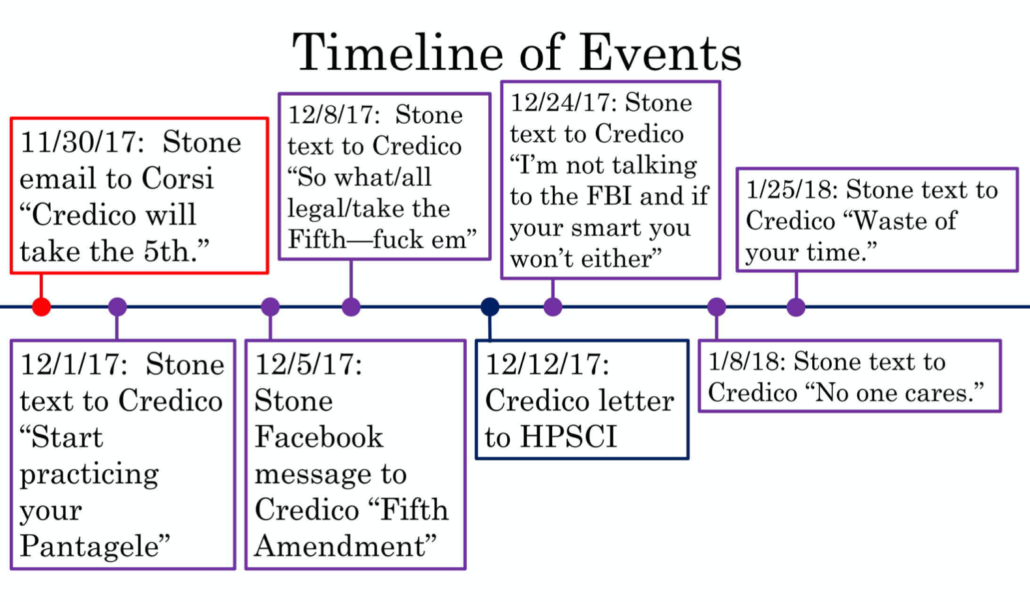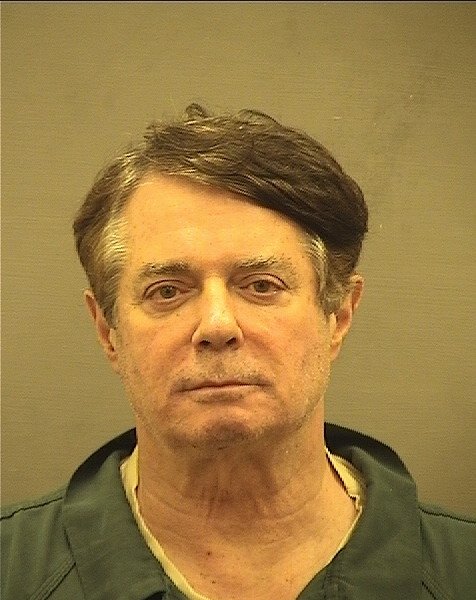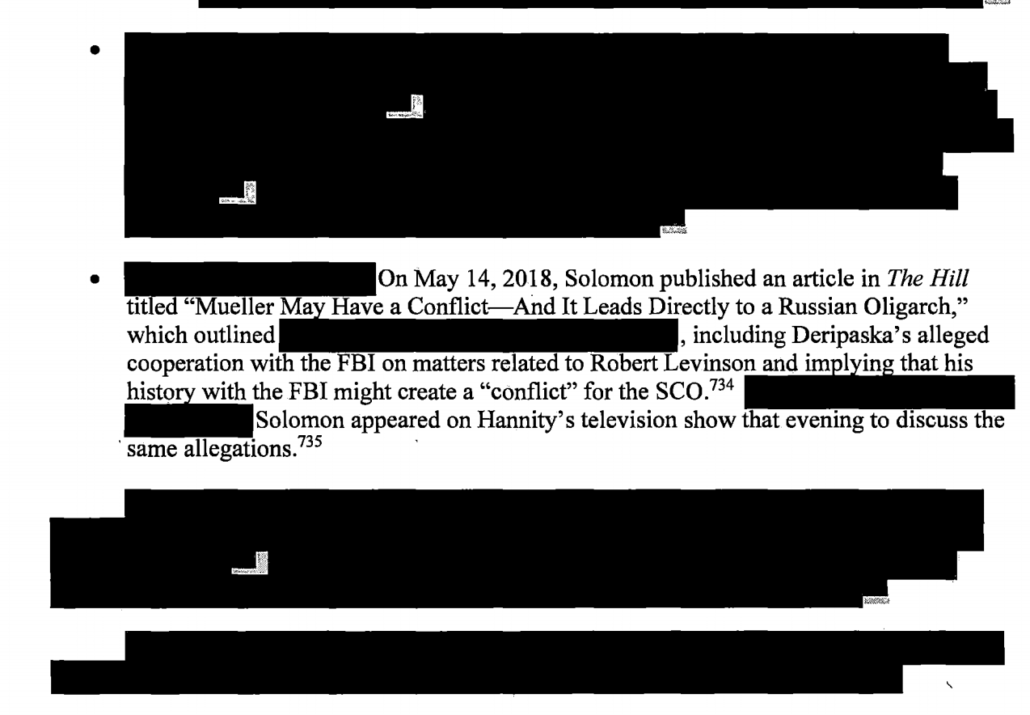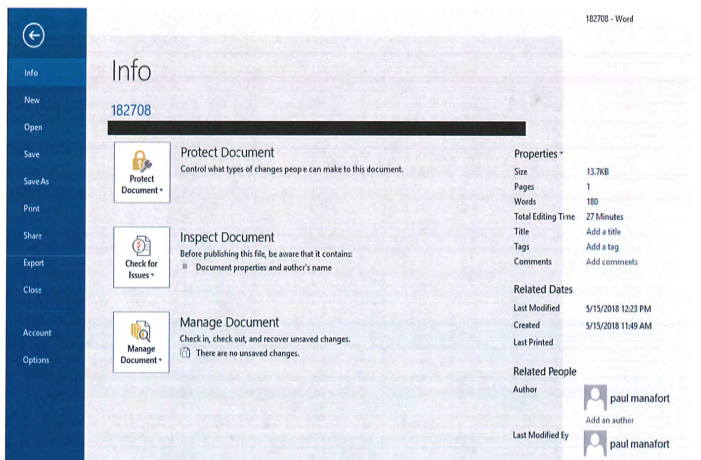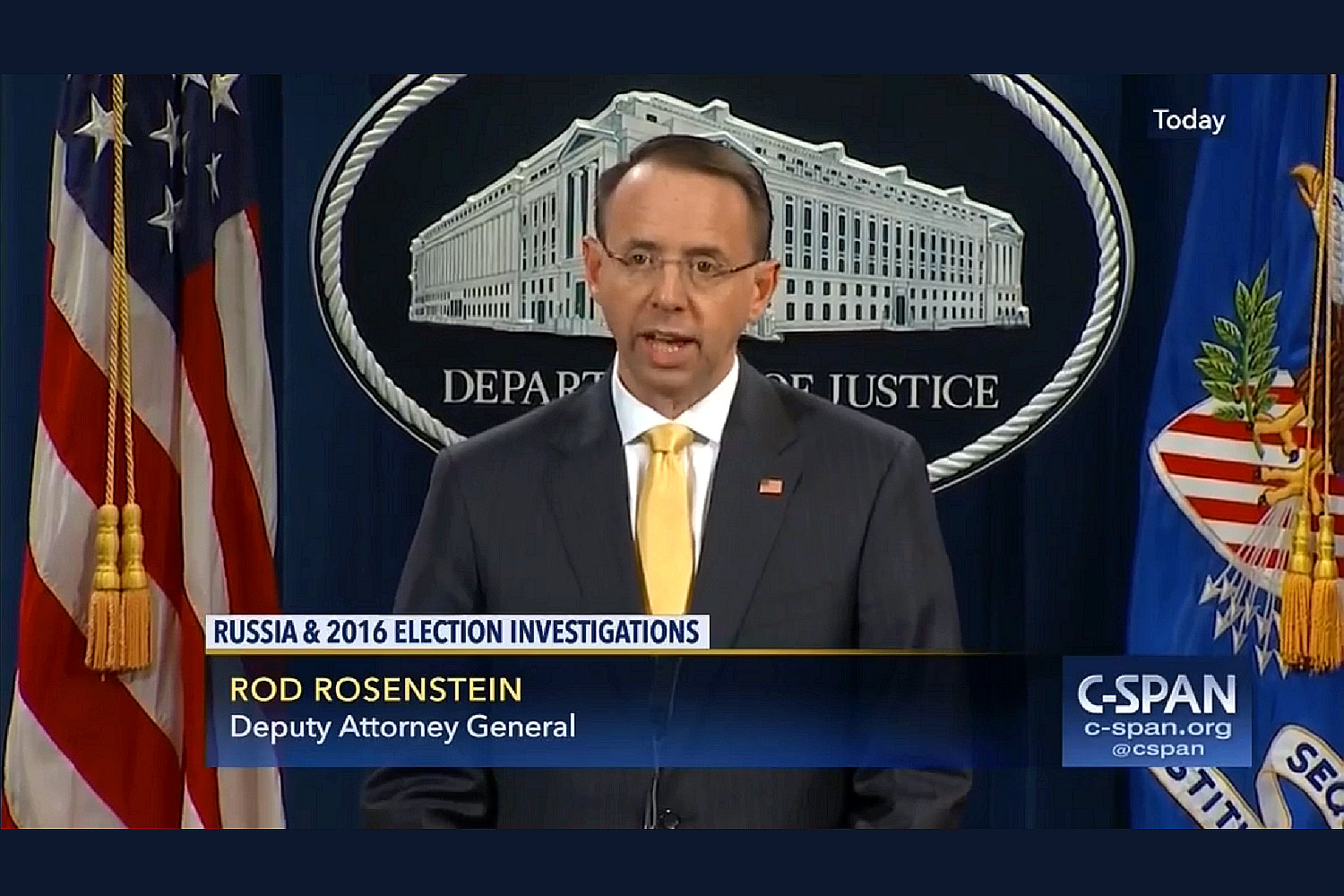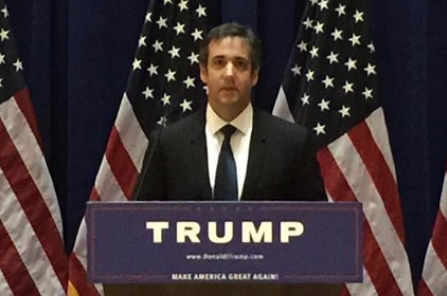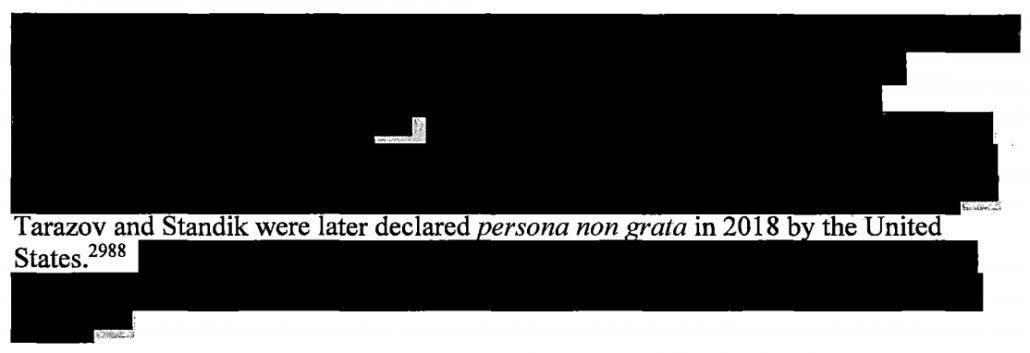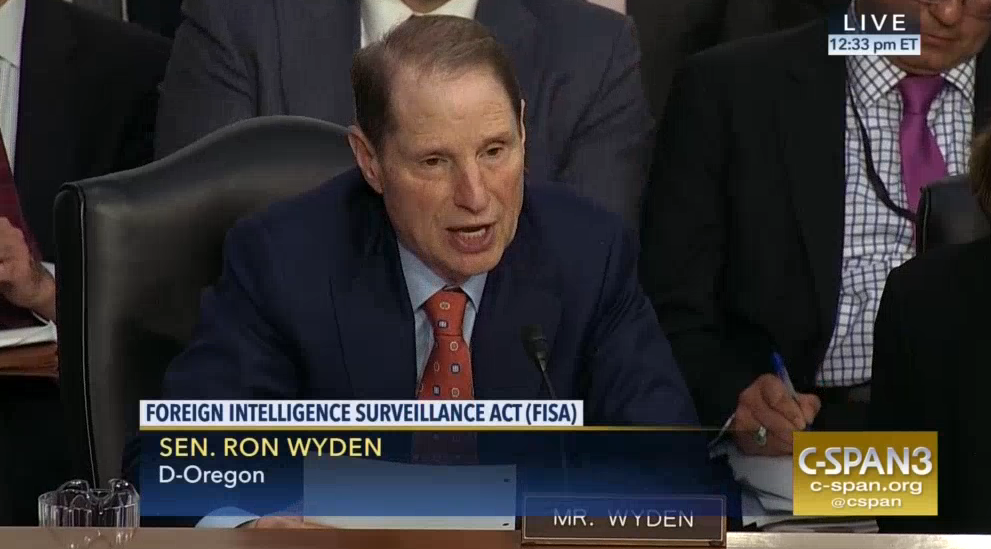If Dems Successfully Message on News Outlets Lefty Pundits No Longer Read, Did It Ever Happen?
In the wake of a WSJ report that Democrats have fallen to a historic approval low, the usual suspects — in this case, David Atkins — have taken to Bluesky to blame everything on Chuck Schumer and Hakeem Jeffries. Again.
Atkins demanded that Democratic leaders talk about Trump conspiring with his personal attorneys to cover things up.
People keep asking “what do you expect Democrats to do???”
I expect Schumer and Jeffries to hold a press conference and say: “Donald Trump is conspiring with his personal attorneys he corruptly installed at DOJ to cover up his close friendship and possible horrific crimes with Jeff Epstein.”
Let me stipulate that the messaging that Schumer and Jeffries do do is often feckless, though in this case, Schumer released a statement on both Xitter and Bluesky on Thursday first arguing that sending Donald Trump’s personal lawyer to meet with Ghislaine “stinks of high corruption,” which led a few articles. That followed around ten other social media posts, including his prediction on Wednesday that, “Maybe Speaker Johnson declared the Epstein Recess to give Trump time to prepare papers for the pardon of Ghislaine Maxwell. Disgraceful” (making Schumer a prominent early adopter of the theory that Trump will pardon the sex trafficker) and a post (again posted to both Xitter and Bluesky) elevating video of Markwayne Mullin admitting Republicans were trying to give Trump cover. And while Jeffries was more focused on redistricting and messaging on the Big Ugly last week, Epstein was a repeated focus in his press conferences (it was the initial focus of Katherine Clark’s comments), and he was mocking Trump on this even before it bubbled into a scandal.
Atkins’ complaints that Dems aren’t messaging on Epstein comes in the wake of three significant earned media wins by Democrats on Epstein in recent weeks:
- After Dick Durbin released a whistleblower’s description of the 1,000 people Pam Bondi pulled off their day jobs to review Epstein files, Allison Gill responded by releasing damning details of the search, followed days later by NYT. The details of this search will continue to feed the controversy (as well as FOIAs to get the spreadsheet of prominent names discovered in the search, so it can be compared to the list of names Todd Blanche asked Maxwell about in their cozy tête-à-tête). Update: Durbin sent a letter (with Sheldon Whitehouse) to Todd Blanche for information about the meeting, which NYT reported on.
- After Ron Wyden sent letters in March and June demanding that Todd Bessent and Pam Bondi release FinCEN files on Epstein and Leon Black, NYT did a story on the financial aspects. When Republicans accused Wyden of sitting on this during the Biden Administration, he sent another letter disproving that and mapping out what steps they should take. In a great story on Wyden’s efforts, Greg Sargent noted the value of such letters: “such trolling by lawmakers can be constructive if it communicates new information to the public or highlights the failure of others in power to exercise oversight and impose accountability.”
- And then there was Ro Khanna’s tactic that shut down the House by leading Mike Johnson to give up on a rule governing last week’s work, which led to follow-on efforts in committees and the Senate. This — which required working with Tom Massie (something lefties religiously disavow) — was a parliamentary score, with series of stories in the Hill beat press to follow.
Almost none of that appears in Atkins’ response to my question why he was ignoring other members. He said he had mentioned a Whitehouse interview, but he ignored the long thread from Whitehouse more directly addressing the corruption, as well as a Podcast with Jamie Raskin where they dedicate the last 5 minutes of to it.
The real tell to Atkins’ willful ignorance (or outright deceit) about what Dems have done is his claim, “I have highlighted [Dems who are pushing this]. But they get lost in the fray when leadership isnt backing them up,” [my emphasis] a day after RTing this story from Axios.
The social media card for the story, which uses Jeffries’ picture above two quotes, misleadingly suggests the Minority Leader said, “This whole thing is just such bullsh**t” … “I don’t think this issue is big outside the Beltway.” Which seems to be as far as Atkins got.
The entire story is premised on those quoted centrists opposing Jeffries’ encouragement to focus on it, and links an earlier story describing Jeffries’ affirmative focus on it.
Why it matters: Minority Leader Hakeem Jeffries’ (D-N.Y.) leadership team has encouraged its members to maintain the drumbeat on Epstein,
The column goes on to list just some of what Dems are doing — with the encouragement of the Minority Leader (the earlier post describes that Ro Khanna worked closely with Jeffries in jamming the Rules Committee).
The other side: Other Democrats argued that going after Republicans on policy and slamming them on Epstein aren’t mutually exclusive. “I think all these issues are linked together,” Rep. Greg Casar (D-Texas) told Axios.
- “Trump is willing to lie and betray his own people, and he’s willing to take away your health care to give it to his rich friends. … I think it’s all part of one story,” said Casar, the chair of the Congressional Progressive Caucus.
- Rep. Pramila Jayapal (D-Wash.), a former CPC chair, said similarly: “I’m talking about Medicaid, I’m talking about tax breaks to billionaires — and I’m talking about Epstein, because he fits right in there.”
State of play: Jeffries has surprised some of his members by bear-hugging rank-and-file efforts to force the release of the Epstein files despite his usual reluctance to engage on salacious issues.
- His messaging arm, the Democratic Policy and Communications Committee, sent out several emails to members’ offices last week on how to message on Epstein, as Politico first reported.
- “We’ve encouraged members to lean into this, to talk to their constituents about it,” said Rep. Maxwell Frost (D-Fla.), a DPCC co-chair. “It’s an opportunity to speak with people who might usually disagree with you.”
Atkins’ entire whine — based off a premise he would have known was outright bullshit if he had only clicked through to a ragebait story he RTed — was rewarding for Atkins; 17 people RTed it as if it were true, with one person even whining about Garland along the way. But the whole thing was either an affirmative misrepresentation or a confession that Atkins knows fuckall about what Dems have done and simply didn’t bother to check before whining about it.
I won’t lay out all that Dems have done — there are actually multiple stories out that I’m sure even Atkins could read if he bothered to click through on ragebait. It should be enough to say that Dems, with Massie, deprived Republicans of the tools of their majority for a week and have been mocking them relentlessly ever since. That Johnson ran away will continue to feed this story.
But one example is illustrative. Ruben Gallego — often attacked for his centrism and coddling of cryptograft — got into an extended spat with Trump mouthpiece Markwayne Mullin in the Senate last week (the appearance Schumer elevated), after Gallego tried to pass a resolution to release the files. Following that, Gallego appeared on Jim Acosta’s Substack show, where he described how this all reeks of a cover-up (and accused Republicans of revictimizing the victims and exploiting the vulnerabilities of their base). He played on populist concerns about rich people, and mocked Republicans for fleeing like they did when the Brits invaded DC. A centrist Dem delivered up precisely the kind of message Atkins claimed no one is delivering, and he did it two days before Atkins whined about it.
I’m not sure Atkins has an excuse for making a false claim belied by an Axios story he had RTed a day earlier. At some point, a pundit has to be responsible for clicking through to the stories they’re disseminating.
But — again stipulating that Jeffries and Schumer’s messaging is often feckless — I think there’s something else driving much lefty belief that Dems are not messaging, on top of pundits like Atkins making false claims belied by ragebait they’ve disseminated without reading.
In the last several years, fascist-supporting oligarchs have given people good reason to stop consuming a wide variety of media. After Elon Musk bought Twitter — the algorithm of which already disproportionately rewarded right wingers — he invited Nazis to overrun it. In a bid to cultivate Trump’s favor, Jeff Bezos has willfully gutted the WaPo and shut down anti-Trump opinion on the platform. NYT continues to frame most stories in ways that pitch Trump as the hero, with many outright framed to Dem- or trans-bash. Substack, where people like Paul Krugman and Terry Moran and Jim Acosta have fled after having been hounded out of traditional media, also platforms Nazis. Google has allowed AI to enshittify its search function, making it far more difficult to find breaking news.
One by one, lefties have abandoned those platforms, often in a failed attempt to force the oligarchs who own them to reverse course. The decision to abandon those platforms are, for most people, self-evidently ethical decisions.
But the consequences of those ethical decisions are that even if Dems do something great, you will be blind — blinded by ethical choices you yourself made.
Your blindspots might entail the following:
- You will see (and far too often, help to disseminate) the latest outrage Trump posts to his Truth Social account, as well as the uncontested disinformation in it. Those posts will often silence the moral criticism of Trump, as happened with Rosie O’Donnell.
- You will view Trump speeches and press sprays, as well as oversight hearings in which Democrats have been forcing real news that often is not getting picked up, through the lens of Aaron Rupar or Acyn, who make it easy but bring their own narrow lens. You might see clips from the traditional media. Not all of those clips will be easy to disseminate yourself without rewarding Xitter.
- You will see the stories about shitty framing or Dem- (or trans-) punching at NYT, but will miss better routine news stories, and even, sometimes, important breaking reporting.
- To the extent to which it still exists, you will not see the general access political reporting at WaPo.
- You will not see Capitol Hill beat reporting that is publicized almost entirely on Xitter, including reports admiringly explaining why chasing Mike Johnson away early took some tactical smarts, unless you subscribe to them.
- Because there’s not a viral algorithm at Bluesky, you may only see the content from electeds crafted for that platform if you follow them directly and even then only if you happen to be online when they post it; you will not see what they post — very often self-consciously crafted to be more confrontational — on Xitter.
- You will see rage-bait stories from Axios and Politico designed to drive depression among Dems and often, as Atkins did, you’ll disseminate it without clicking through to see what it really says.
- You won’t see what right wingers are saying on Fox or NewsMax or Breitbart, not even when they’re bitching about firey speeches Hakeem Jeffries made that didn’t filter into Bluesky.
- You may entirely miss what is going on on TikTok, which is where a great deal of messaging is happening (so will I, as I learned when I looked for the Rosie O’Donnell post that had been widely covered in right wing media before Trump threatened to strip her citizenship over it).
- You will have to work harder to find news stories that have been broadly reported.
In short, at least in part due to perfectly ethical decisions from people who used to have a radically different media diet before certain changes accompanying rising fascism, even activist Dems will be largely blind to a great deal of what Dems are doing.
I absolutely support that ethical decision (and after two weeks of doing a great deal of — sometimes very effective, IMO — messaging about Epstein and Tulsi’s disinformation campaign designed to bury it at the Nazi bar, such choices may be crucial for your mental health).
But it is not remotely ethical to make comments about what Dems are or are not doing if you have not checked your blindspots.
More importantly, we will not survive if you respond to the effects of oligarch takeover with passivity, demanding you get fed things as easily as you used to get. That is what they are counting on: that their efforts to make it harder to find important news will lead you to give up and assume it doesn’t exist.
I may be biased, but I’m also allegedly an expert on this, because it was the topic of my dissertation. Finding and disseminating oppositional news is an absolutely critical part of opposing authoritarianism; it can take work and risk your security. But it becomes a fundamental part of citizenship.
The oligarch-led assault on the press started long before Trump started implementing fascism but has accelerated during precisely the period when Democrats have demanded to have Dem messaging land in their lap. There are many things Dem electeds absolutely have to do better (though having spent far too much time on Xitter in the last week, it’s clear there’s a purpose to tailor messaging on both platforms, which I do too). I agree that neither Schumer nor Jeffries is great at this messaging (but am also acutely aware of how much time they’re spending off-camera trying to ensure Dems have a chance in 2026).
But Dems have done almost everything right on Epstein, down to forcing Denny Hastert’s successor to abdicate his power for a week to help Trump cover up his sex trafficking scandal. Yet whining pundits are winning clout on Bluesky by misrepresenting rather than learning from that fact.






